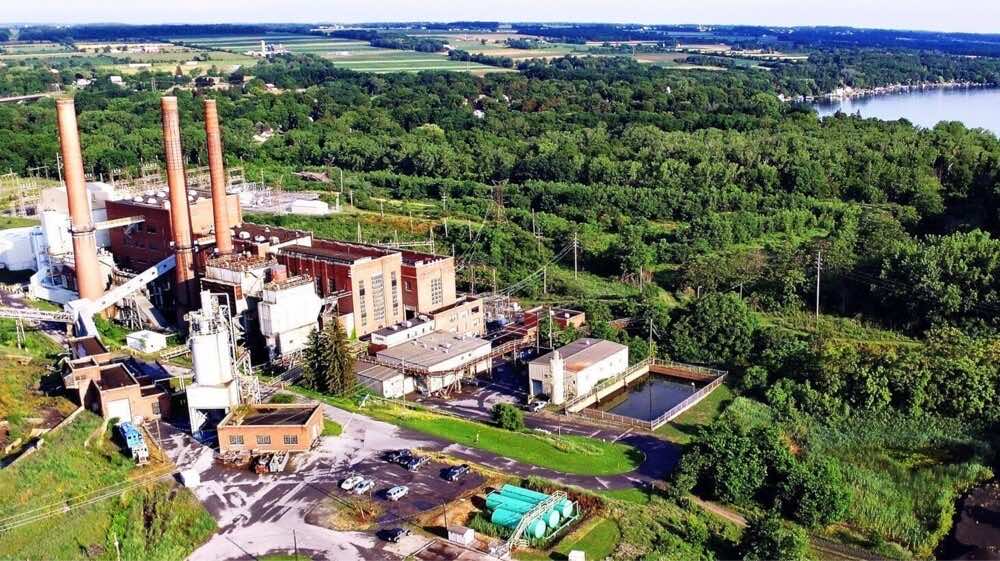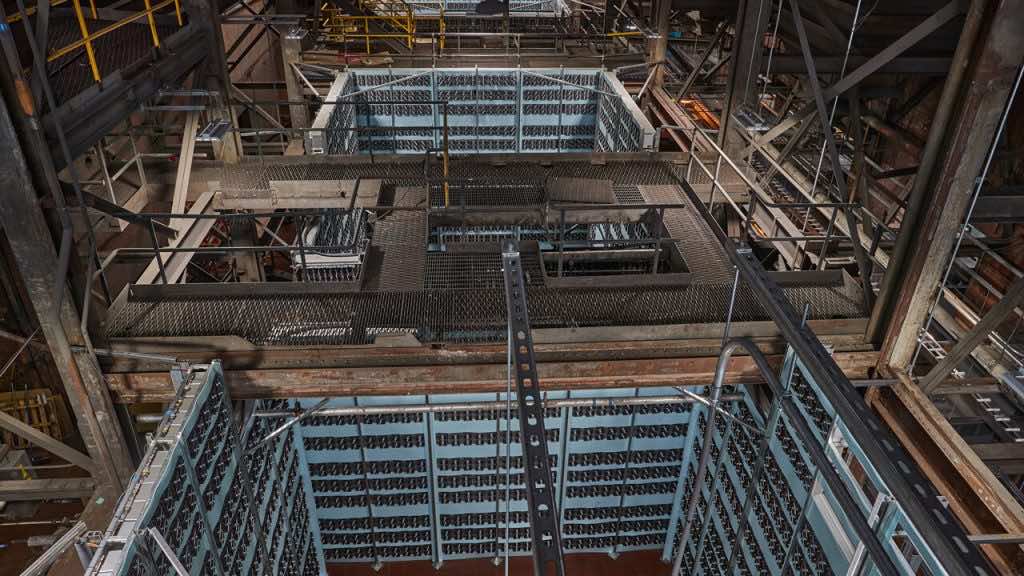Nothing speaks volumes about cryptocurrency’s climate impact more than reviving an old power plant just to mine bitcoin. The said power plant is the Greenidge power plant in New York that was bought by an equity firm called Atlas Holdings. The firm then retasked the power plant to mine bitcoin. The firm plans to have more than 18,000 specialized machines mining bitcoin by the end of this year. But what does this mean for the climate?
Well, the surrounding areas are going to be largely affected because the power plant is dumping pollutants into the atmosphere. The most alarming of which is the dumping of millions of gallons of hot water into a glacial lake called the Seneca Lake located in upstate New York. The situation has deterred so much that the past icey cool lake is now reduced to something akin to a hot tub.

The company is pretty proud of what they’re doing as they wrote in their filings with the SEC “No direct competitor currently owns and operates its own power plant for bitcoin mining. No other bitcoin-mining operation of this scale in the United States currently uses power generated from its own power plant”. I guess they don’t really care that they are basically boiling the lake water.
Abi Buddington who lives near the power plant said that “The lake is so warm you feel like you’re in a hot tub”. The pollutants weren’t really a problem for residents before as the power plant was largely powering the community built near it. But now since it’s basically been reduced to mining profits for a company. They are very concerned now. The firm has produced over 1,100 bitcoin as last reported in February 2021.

The company also plans to up the efficiency and utilize up to 85 MW of the station’s total 108 MW capacity. The lake is just the tip of the iceberg though. The power plant is also constantly releasing carbon dioxide and other greenhouse gases. According to a report back in December 2020, the plant had produced around 240,000 tons of carbon dioxide. That number was recorded when the plant was only running at 13 percent of its maximum capacity.
The plant is currently permitted to emit 641,000 tons of CO2 every year but we can’t be sure that Atlas will stick to those boundaries. Experts estimate that if the plant runs at its full capacity then its carbon pollution could rise to 1.06 million tons per year. The plant also produces NOx which is known for lung cancer, asthma, eye irritation, loss of appetite, and corroded teeth.
But hey, they’re making money and filling the investor’s pockets.


